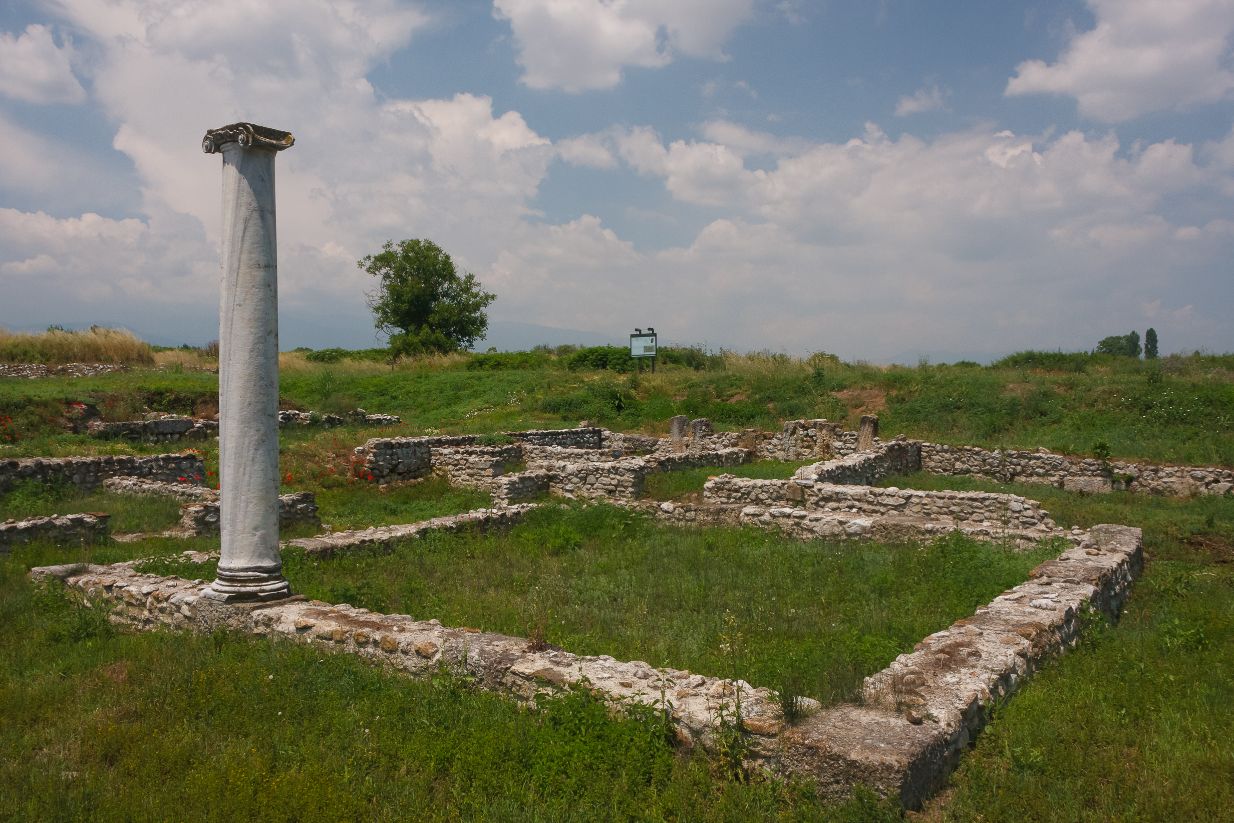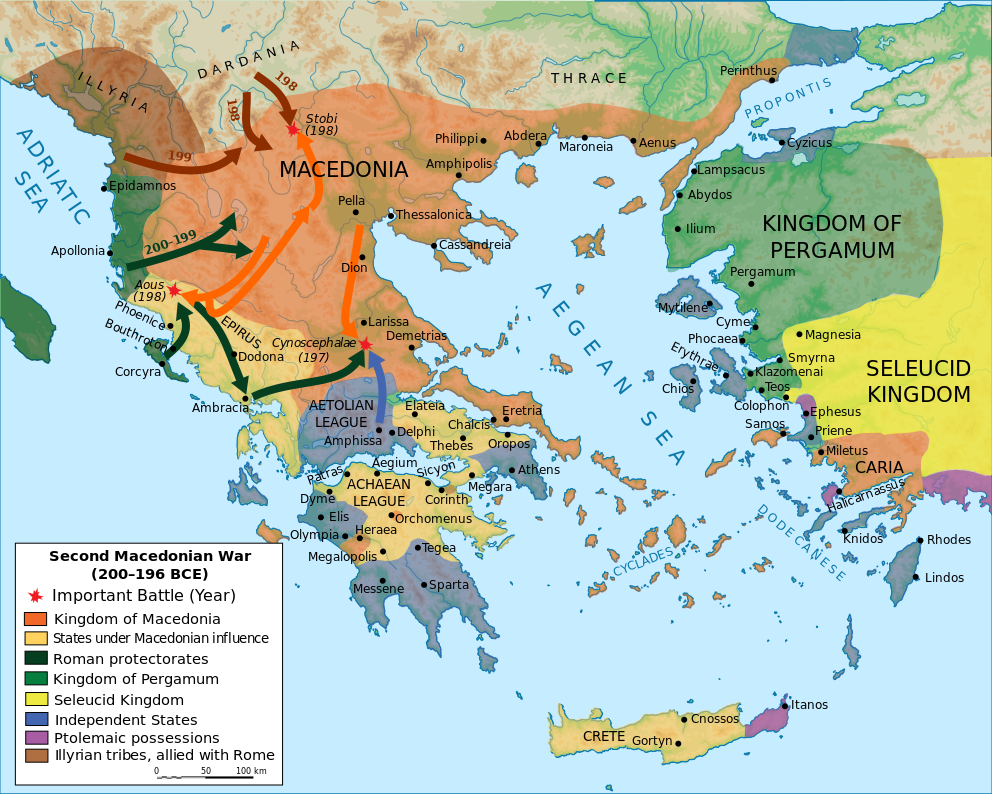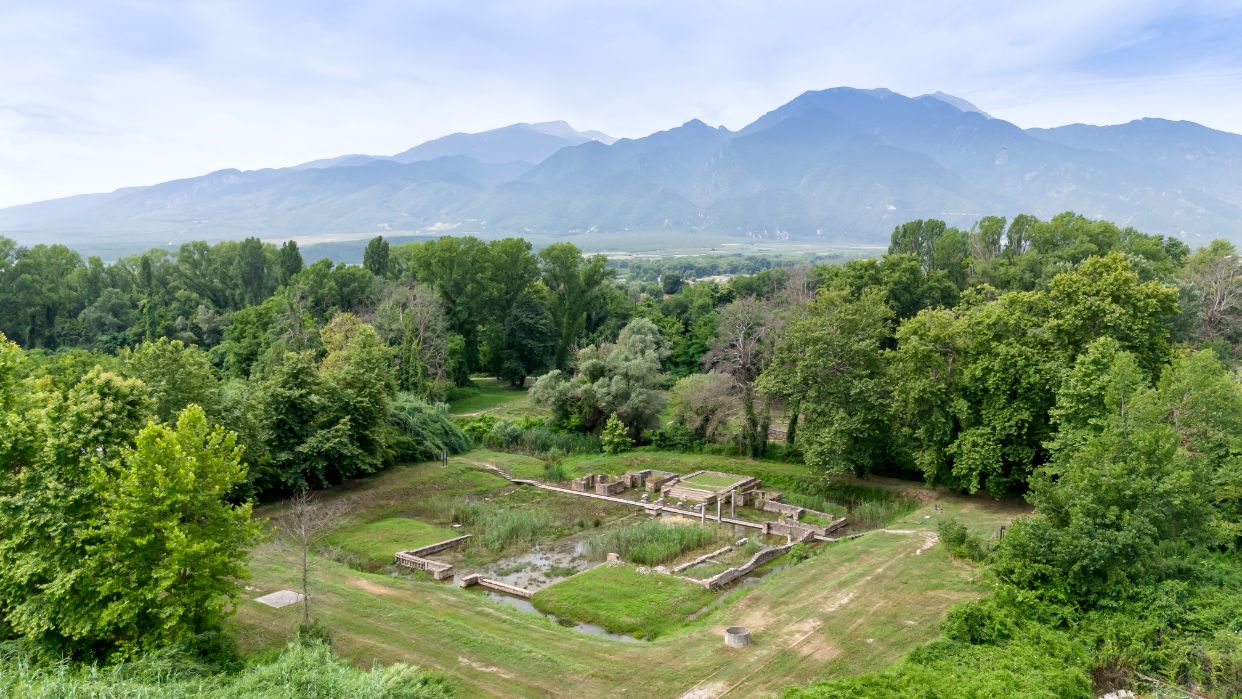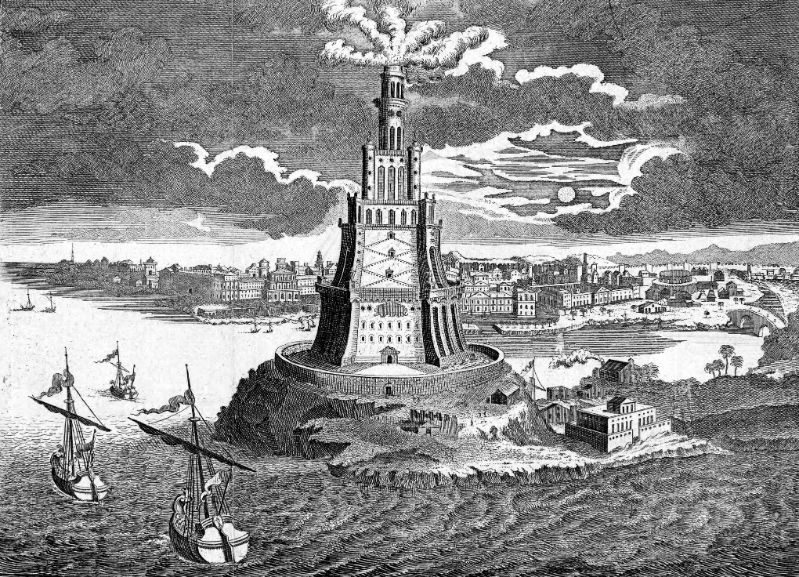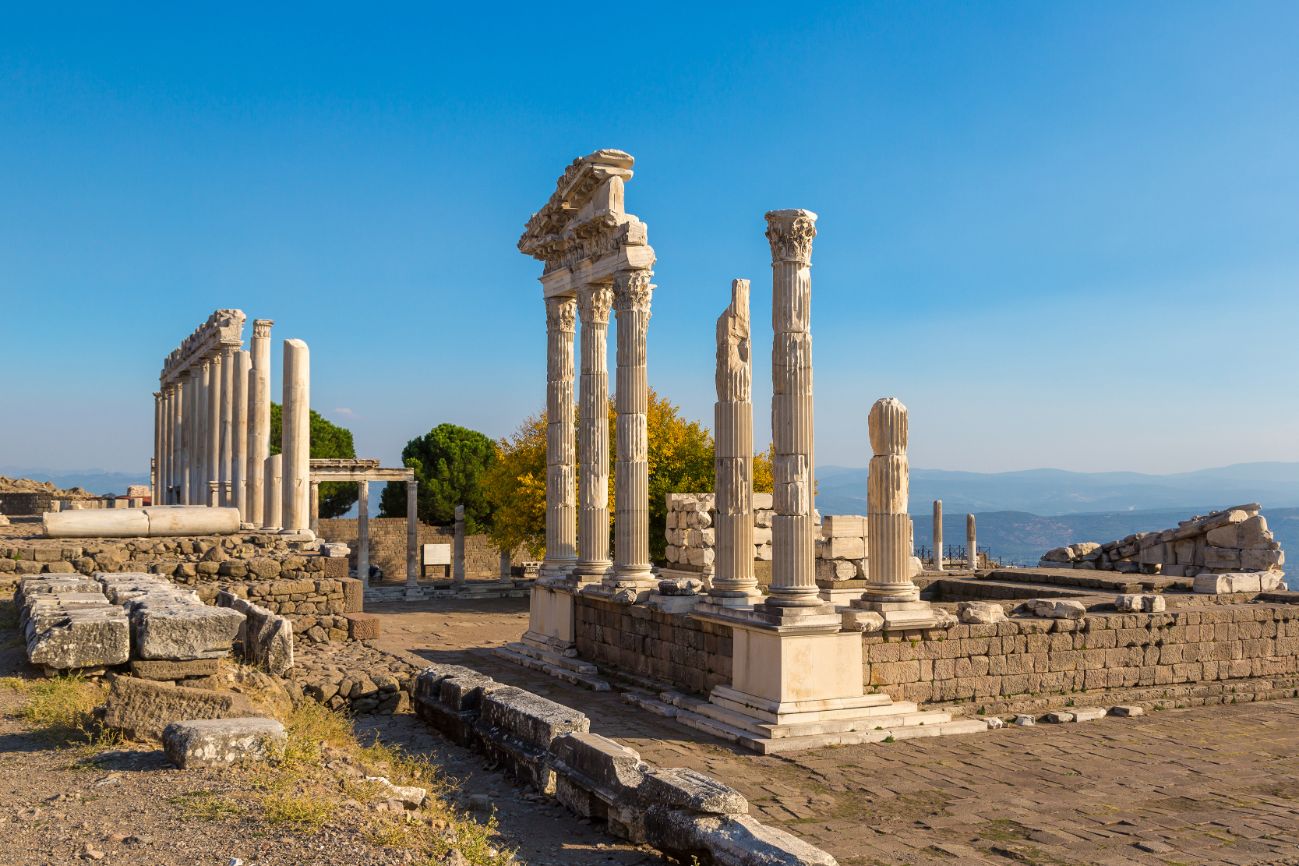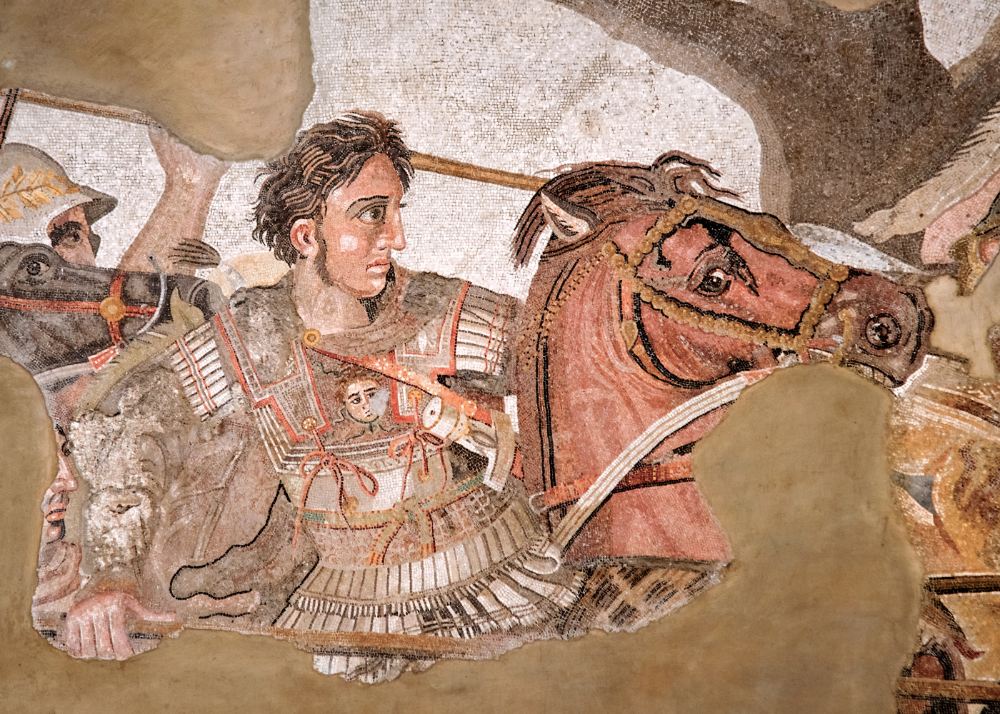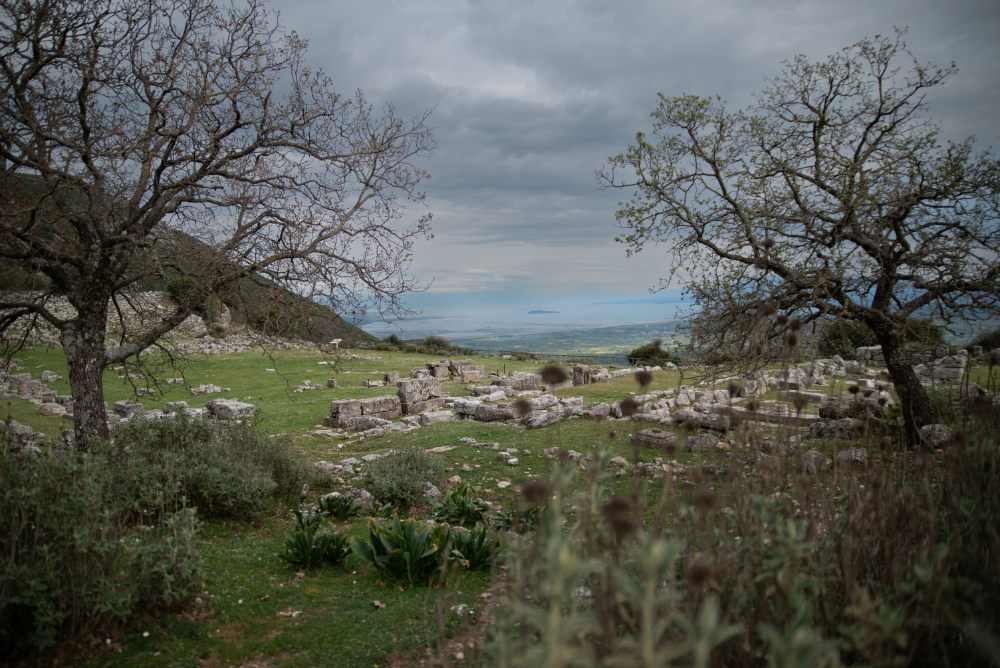A Sanctuary of Celebration
The Temple of Dion, dedicated to the Greek god of wine and festivity, stands as a testament to the rich cultural heritage of ancient Greece. Located in the scenic village of Dion at the foot of Mount Olympus, this sanctuary was an important site for worship and celebration. It served as the religious center for the ancient Macedonians, who believed Dion was a prototype of the divine king, embodying both the joy of life and the cycles of nature.
Constructed in the 4th century BC, the temple showcased classical Greek architectural styles with its majestic columns and intricate carvings. It was here that locals and travelers would gather for festivals, particularly the Dionysia, which featured theatrical performances, music, and feasting, all in honor of the god.
Archaeological excavations have revealed the ruins of the temple along with numerous artifacts that highlight the significance of Dion in ancient society. The site reflects the intertwining of cultural, religious, and social elements, illustrating how the worship of Dion fostered community and identity. Today, the Temple of Dion is not only a fascinating archaeological site but also a symbol of the enduring legacy of ancient Greek traditions that continue to inspire and attract visitors from around the world.

